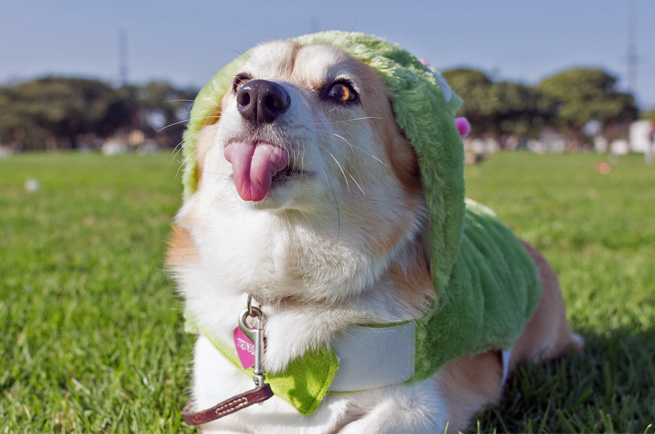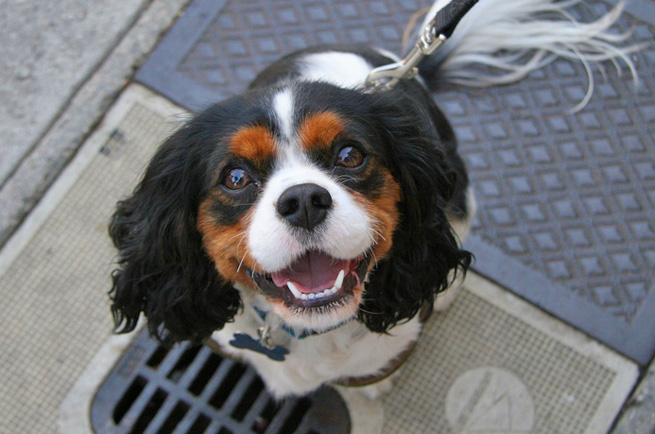Adding a dog to your pet family
Thinking of growing your pet family with the addition of a dog? Well, you might want to consider the best way to go about it...
05 Jul 2015 By Sarah Billington Comments
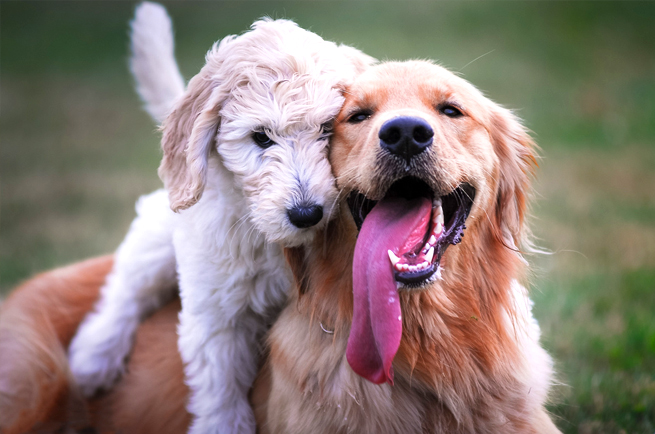
Adding a new dog to your family is always exciting. You wouldn’t be doing it if you didn’t think this four-legged fur ball would add joy to your life and those in your household—including other pets, right?
But it can be a very delicate balance, introducing a new dog to those canines already calling your place home; you run the risk that they may not get along. Given that the very first introduction can set the tone for their entire relationship, you need to make sure it is a successful one. No pressure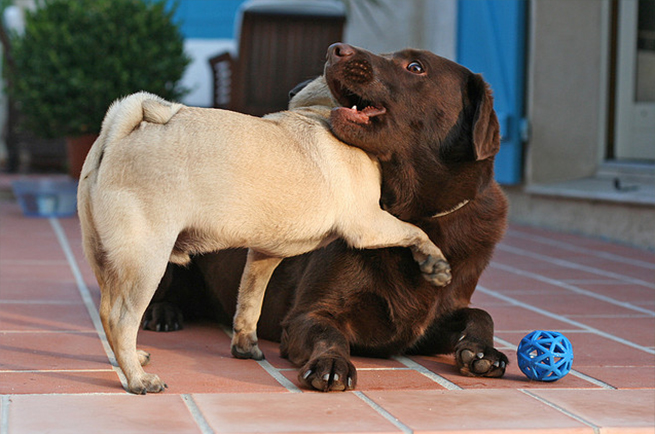
There are a few different techniques experts recommend to ensure your new dog and old dog get along and some are more elaborate than others, but here is my own example.
When Tessa met Henry
When my dog (a Blue Heeler) Tessa’s best doggy friend died she seemed grief stricken and started to become very old very quickly. So we scoured the rescue sites and found a mixed breed dog with big ears, stubby legs and a permanently wagging tail, who we thought would make a good companion for her.
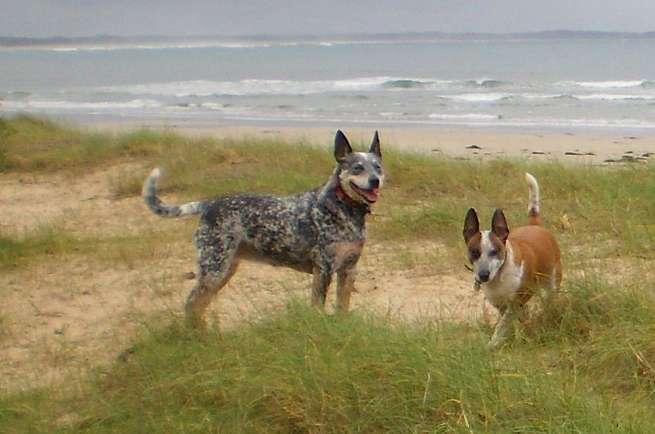
Stage one of the introduction meant travelling two hours in the car to the shelter with Tessa. We felt she needed to approve the new dog before he came home.
At the shelter, the staff put the potential new dog and Tess in a fenced enclosure to see how they interacted. They sniffed each other, full of nervous energy, and very quickly started playing—something Tessa hadn’t been doing much of before she met him.
Next, these two newly-aquainted dogs had to sit together in the car with four humans for two hours on the drive home. Thankfully, it turned out fine and Tess and Henry have happily been best friends for the past six years.
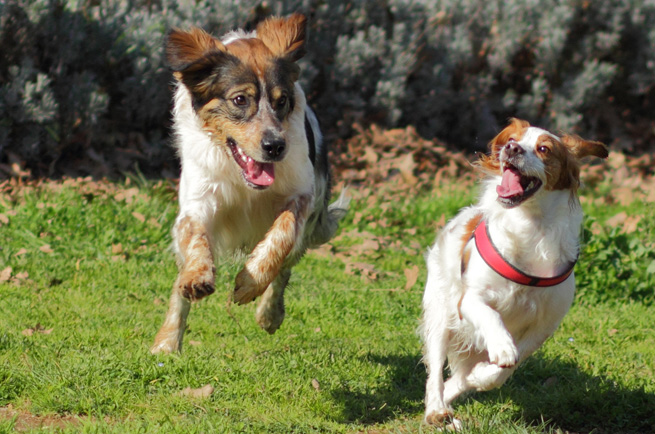
But not all dog meet and greets go so smoothly. Here are some tips that I have learned and implement when introducing a new dog to the family.
Neutral territory
Henry, the new dog, met Tessa, the old dog, on neutral territory. If he had been brought into her home she would have very quickly been on the defensive as he would have been invading her carefully cultivated territory and his presence would have been perceived as a potential threat to her pack – her family.
By introducing the dogs to each other in a place that neither of them were attached to, such as a park, neighbour’s front or back yard or like us, at the shelter, they can meet and get to know each other on equal terms with no baggage.
Establish an alpha dog
Dogs are pack animals, and in your household you are (or should be) leader of the pack. Tessa is lower than me in the pack, but she is still the alpha dog in our household, Henry is the submissive. We enforce this by allowing Tessa to do everything first: she eats her meals first, receives treats first, chooses a toy first, is petted first, etc. By enforcing to both Tessa and Henry that Tessa is the alpha dog, it leads them both to feel happy and secure in their roles in the pack. It enables Tessa to tell Henry off if he oversteps, and in contrast, grant him permissions, such as curling up in Tessa’s usual spot on the couch when she opts for the dog bed.

But just because Tessa is the original dog in the family doesn’t mean she should automatically be the alpha. Just like some people like to lead and others like to follow, some dogs are naturally alphas, or naturally submissive, so if we forced Tessa to take on an alpha role when it was against her nature, it could make her very anxious and neurotic, and could make Henry, if he had a natural dominant disposition, to become resentful when relegated to a submissive position in the family pack.
Let the dogs sort it out themselves, who wants to be the alpha dog, and help them maintain the hierarchy by enforcing it with your own actions.

Tessa and Henry got along quickly, but introducing some breeds of dogs is easier than others, so not only how they first meet will be a factor in creating a happy home, but the background and temperament of each specific dog will determine your success as well. Labradors, for instance, are likely to welcome anyone into the family with open arms, whereas Chihuahuas can be excessively territorial. You don’t know how they’ll get along until you try.
These are just a few tips for introducing a new dog into your home. Don’t go into it lightly; it does require some forethought and pre-planning. Hopefully these tips will help you on your way to a successful introduction and happy dogs.
Have you introduced a new dog into your home? Was it a success?
05 Jul 2015 By Sarah Billington Comments
comments powered by Disqus

